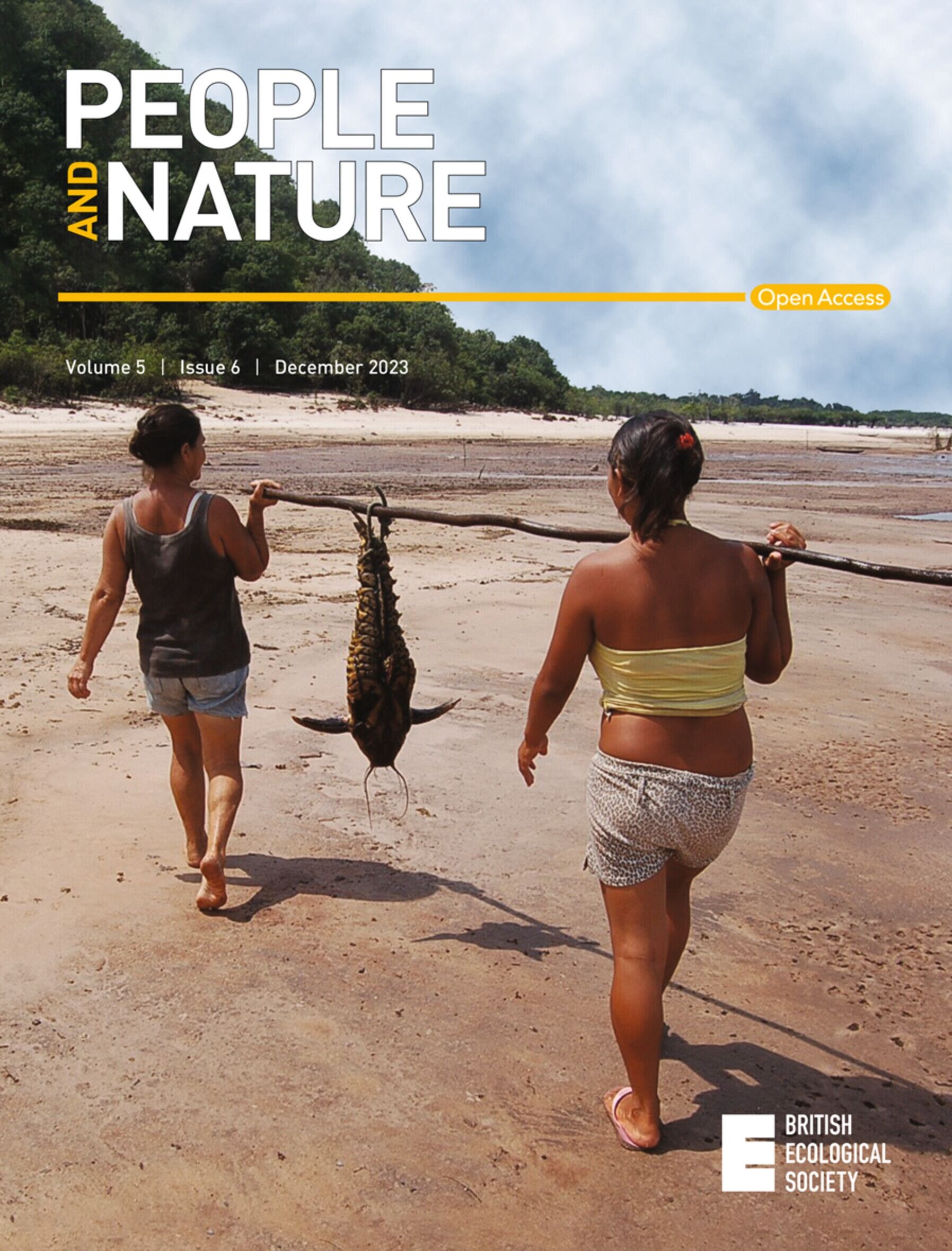Understanding consumers to inform market interventions for Singapore's shark fin trade
IF 4.2
1区 环境科学与生态学
Q1 BIODIVERSITY CONSERVATION
引用次数: 0
Abstract
Sharks, rays and their cartilaginous relatives (Class Chondrichthyes, herein ‘sharks’) are among the world's most threatened species groups, primarily due to overfishing, which in turn is driven by complex market forces including demand for fins. Understanding the high‐value shark fin market is a global priority for conserving shark and rays, yet the preferences of shark fin consumers are not well understood. This gap hinders the design of evidence‐based consumer‐focused conservation interventions. Using an online discrete choice experiment, we explored preferences for price, quality, size, menu types (as a proxy for exclusivity) and source of fins (with varying degrees of sustainability) among 300 shark fin consumers in Singapore: a global entrepôt for shark fin trade. Overall, consumers preferred lower priced fins sourced from responsible fisheries or produced using novel lab‐cultured techniques. We also identified four consumer segments, each with distinct psychographic characteristics and consumption behaviours. These preferences and profiles could be leveraged to inform new regulatory and market‐based interventions regarding the sale and consumption of shark fins, and incentivize responsible fisheries and lab‐cultured innovation for delivering conservation and sustainability goals. In addition, message framing around health benefits, shark endangerment and counterfeiting could reinforce existing beliefs among consumers in Singapore and drive behavioural shifts to ensure that market demand remains within the limits of sustainable supply. Read the free Plain Language Summary for this article on the Journal blog.了解消费者,为新加坡鱼翅贸易市场干预措施提供信息
鲨鱼、鳐鱼及其软骨近亲(软骨鱼类,以下简称 "鲨鱼")是世界上受威胁最严重的物种群之一,其主要原因是过度捕捞,而过度捕捞又受到包括鱼翅需求在内的复杂市场力量的驱动。了解高价值的鱼翅市场是保护鲨鱼和鳐鱼的全球优先事项,但人们对鱼翅消费者的偏好却不甚了解。新加坡是全球鱼翅贸易的转口港,我们通过在线离散选择实验探索了 300 名新加坡鱼翅消费者对鱼翅价格、质量、大小、菜单类型(作为独家代理)和鱼翅来源(具有不同程度的可持续性)的偏好。总体而言,消费者更喜欢价格较低的鱼翅,这些鱼翅来自负责任的渔业或采用新型实验室培养技术生产。我们还发现了四个消费者细分群体,每个群体都有不同的心理特征和消费行为。这些偏好和特征可用于对鱼翅销售和消费进行新的监管和市场干预,并激励负责任的渔业和实验室培养创新来实现保护和可持续发展目标。此外,围绕健康益处、鲨鱼濒危和假冒伪劣的信息框架可以加强新加坡消费者的现有信念,并推动行为转变,以确保市场需求保持在可持续供应的限度内。
本文章由计算机程序翻译,如有差异,请以英文原文为准。
求助全文
约1分钟内获得全文
求助全文

 求助内容:
求助内容: 应助结果提醒方式:
应助结果提醒方式:


